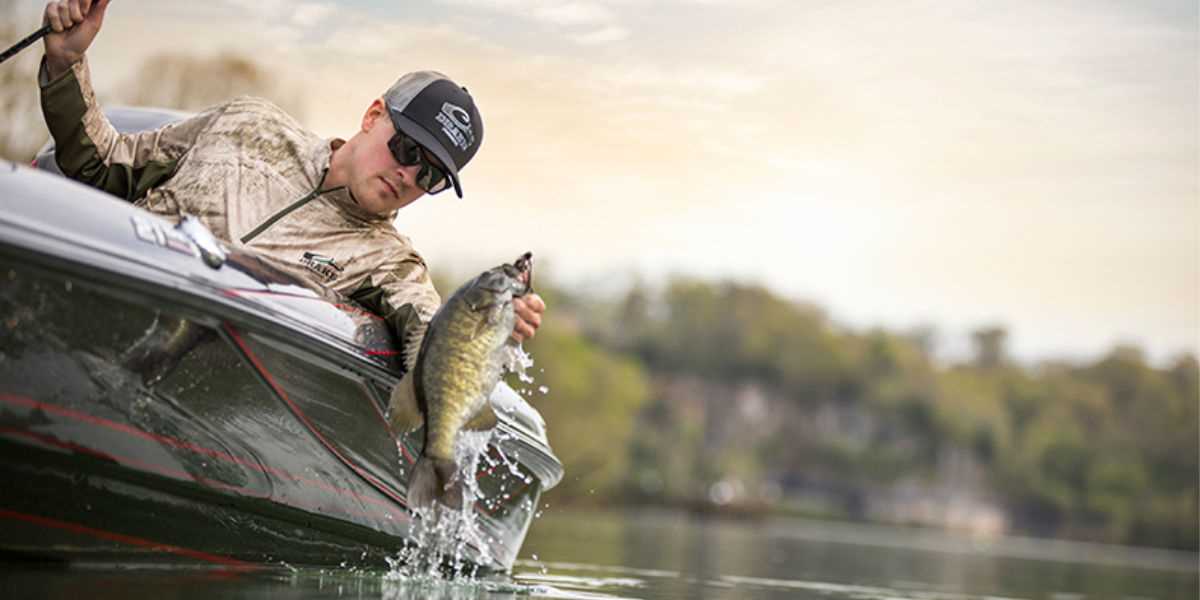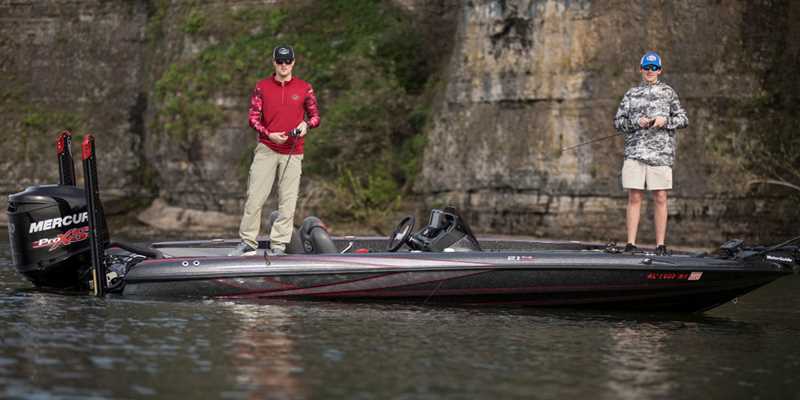Fishing for Ducks and Geese
Summertime angling experience can pay big dividends when the seasons change
Summertime angling experience can pay big dividends when the seasons change


Summer fishing adventures are great opportunities to scout for productive new hunting spots for early teal or the general waterfowl season. The following tips will help you make the most of your time on the water for both fins and feathers.
Former DU Chief Scientist and avid fisherman Dr. Tom Moorman says many prime locations to catch largemouth bass, northern pike, and other sport fish are also good habitat for puddle ducks. While fishing, he keeps a sharp eye out for waterfowl food plants that could attract dabblers in the fall.
Look for shallow water—12 to 18 inches deep at most—full of annual grasses like wild millet that will produce seeds in the fall. A little farther out from shore, you'll find submerged or floating aquatic vegetation that will attract gadwalls and wigeon, but mallards will eat the seeds produced by these plants as well.
Moorman adds that deeper waters that produce fish can also have significant waterfowl food sources. "In open water, you'll want to look for beds of those same submerged aquatics such as coontail," he says. "A lot of what you'll find is dependent on water clarity. Clear waters can support large weed beds that can be six to 10 feet deep. This type of vegetation is well known for holding bass, but it will also hold puddle ducks and even ring-necked ducks come fall."

Summertime lakes and rivers can be chock full of vegetation, and Moorman has a few recommendations to help identify plants that are potential food sources for ducks. He explains that you can always search online and compare archived images with the real thing, but there are apps available that are even more helpful for identifying plant species.
"The iNaturalist App is a great resource for plant identification," Moorman says. "Using this app, you can take a picture of a plant with your smartphone, upload the image, and it will generate a list of possibilities based on the photo. And, if that doesn't work, you can upload the image to a forum where naturalists will identify the plant species for you. It's a great tool for both fishermen and duck hunters."
Pat Kalmerton, owner of Wolfpack Adventures in Sheboygan, Wisconsin, spends most of his summer on the water. Whether hes chasing walleye in deep lakes or bluegill and bass in the shallow backwaters of the upper Mississippi River, he keeps his eyes peeled for places that could harbor ducks and geese in the fall.
"I make note of food sources like wild rice beds and duck weed as well as water levels. I am also always looking for good spots to hide my boat and set up," Kalmerton says. "We do a lot of branching (fishing with limb lines) for catfish and that's the perfect way to get an understanding of water depth, wading opportunities, and cover along the edges of the river."
In addition, Kalmerton monitors underwater bottom contours that not only can produce walleyes, but also attract rafts of diving ducks during the fall migration. "You can locate these big humps and shoals with electronics or by jigging," he says. "I mark these spots and look for divers out there during duck season. The idea is to always be scouting for different opportunities when you're on the water."
Ducks Unlimited uses cookies to enhance your browsing experience, optimize site functionality, analyze traffic, and deliver personalized advertising through third parties. By continuing to use this site, you agree to our use of cookies. View Privacy Policy